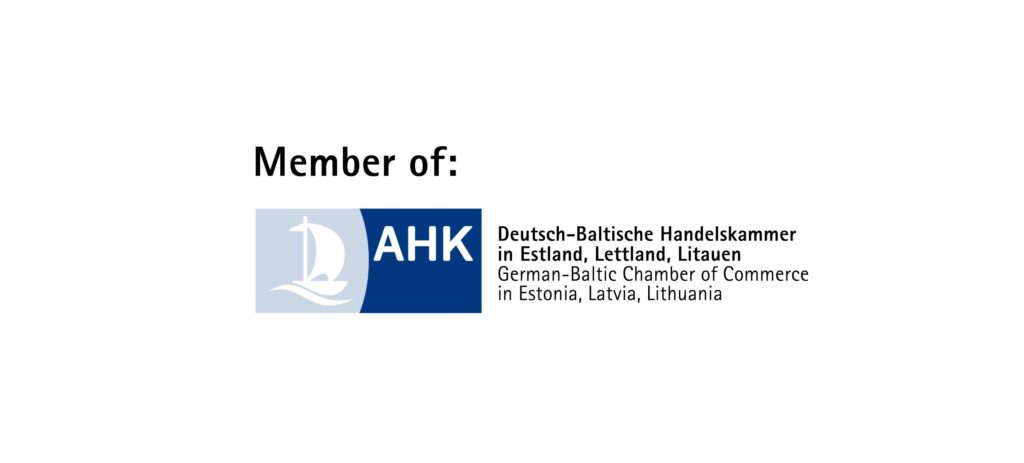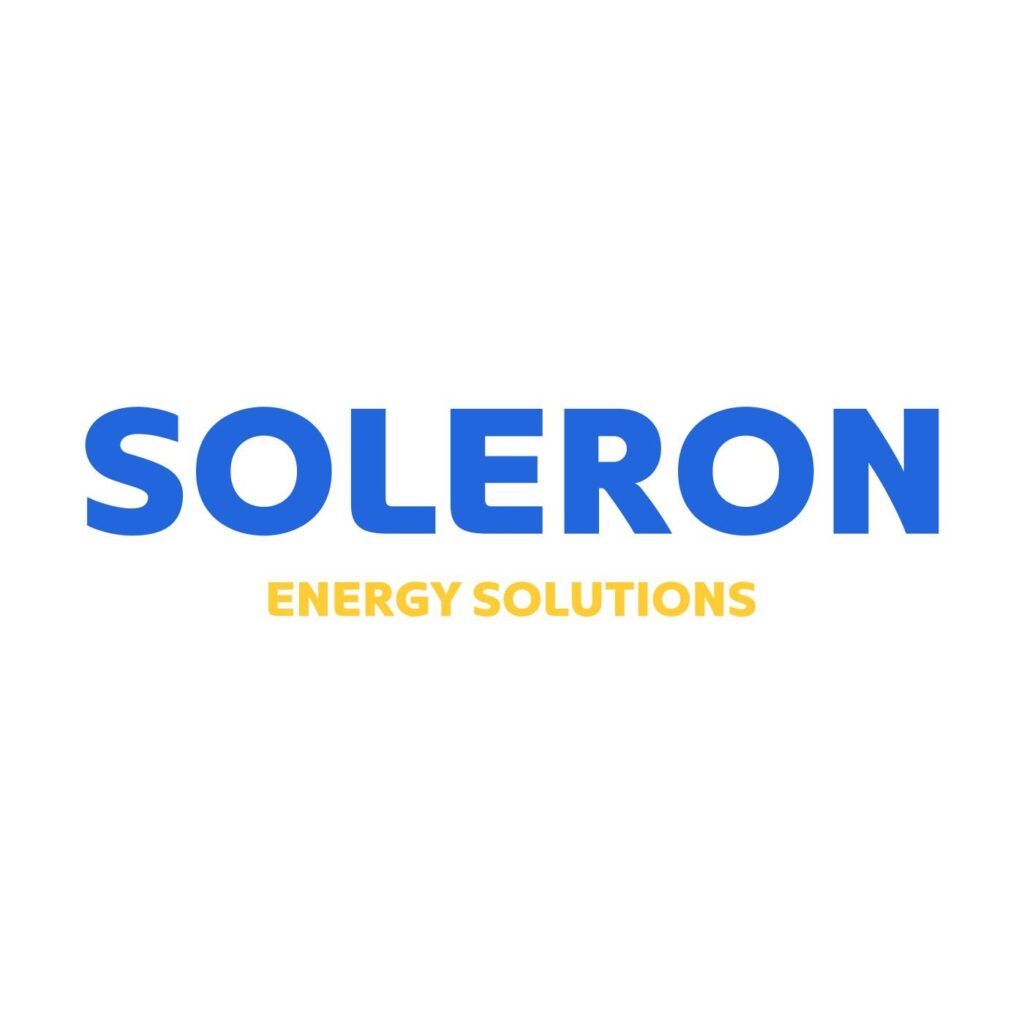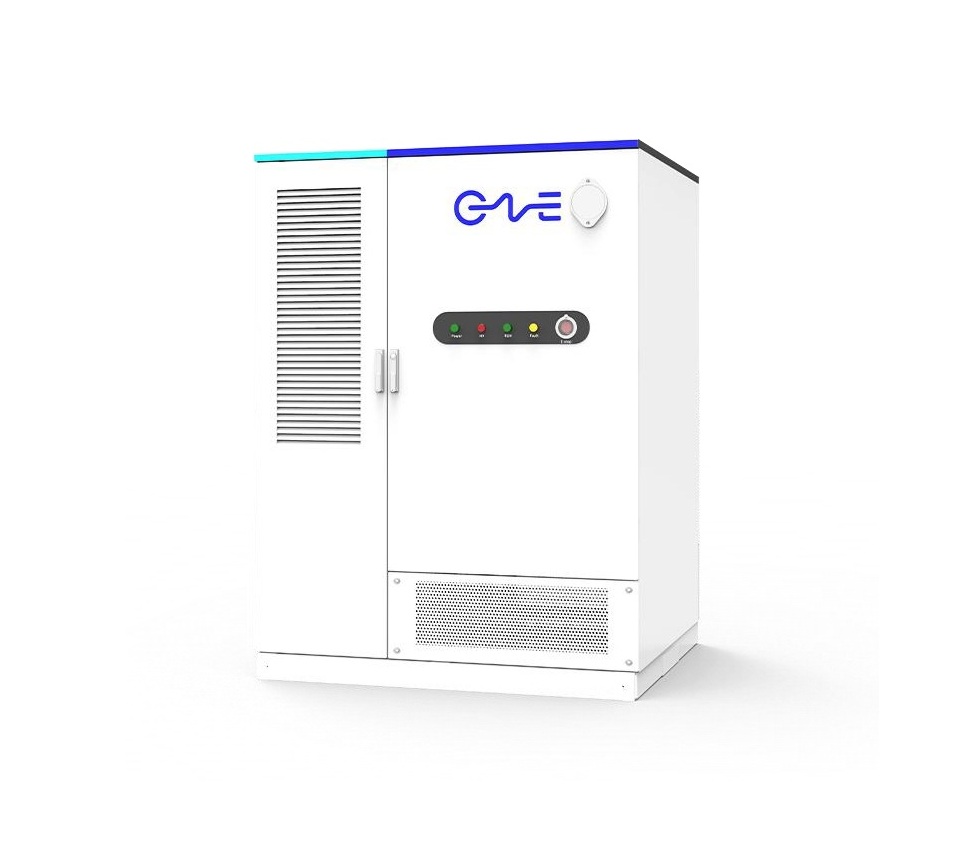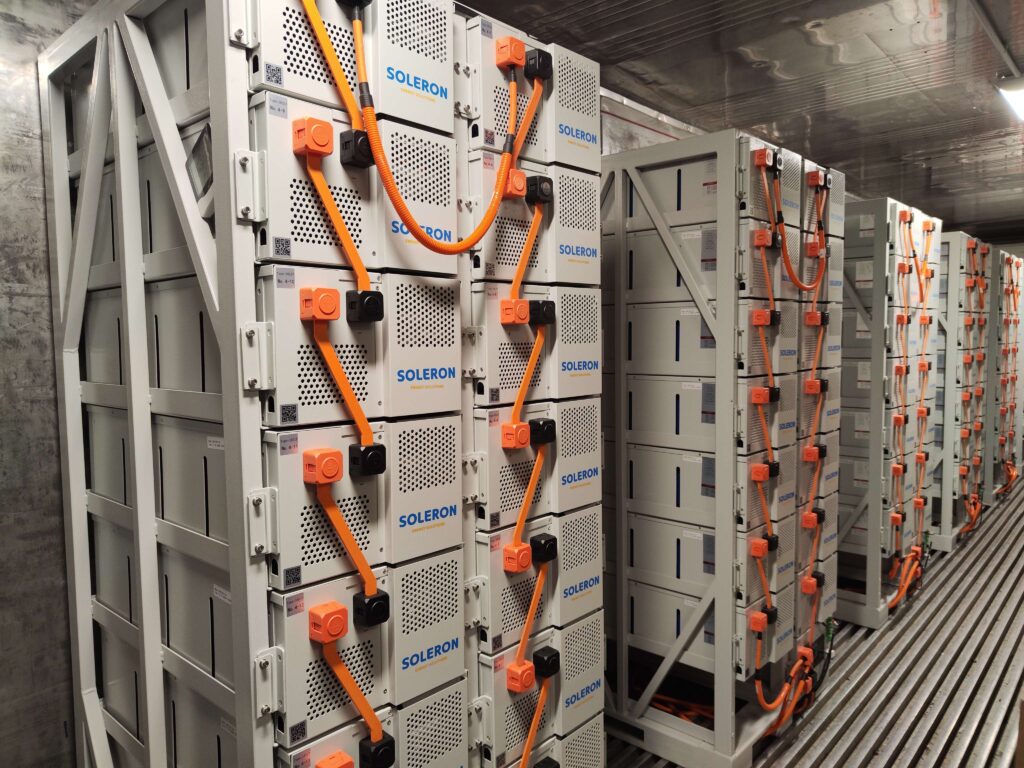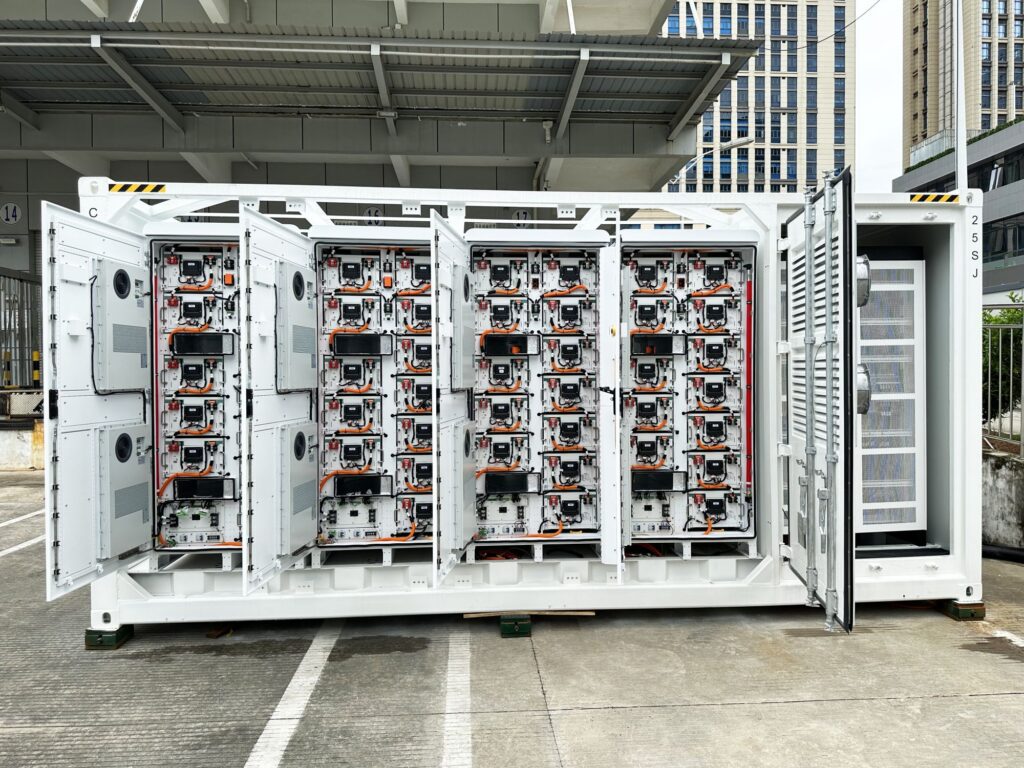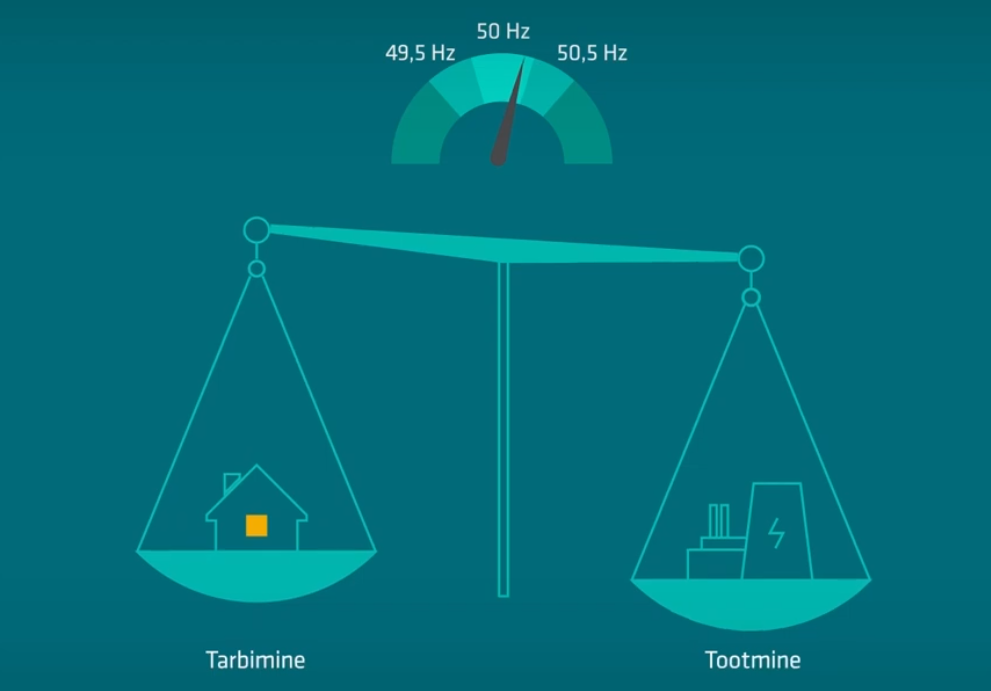The triumph of renewable energy increases energy independence but also highlights the bottlenecks of the energy sector and the grid. The main concerns are the limited transmission capacity of the grids and the fact that renewable energy production can be forecast and curtailed, but not managed in both directions. The solution lies in managing consumption and production, as well as in energy storage.
This is exactly what Soleron Energy is working on. Their innovative solutions optimize energy storage, consumption, and sales to the grid, while also enabling participation in frequency reserve markets. The company’s CEO, Teet Kukk, explains how the Soleron EMS control system works, who it is designed for, and how it helps in times of market fluctuations and crises.
How did Soleron come up with the idea of developing renewable energy management systems?
The idea grew out of practical necessity. Nearly 10 years ago, when the solar plant construction boom began, it was clear that the sun shines and the wind blows across Estonia at the same time. This sometimes leads to overproduction and negative prices. At such times, selling electricity to the grid is clearly unprofitable.
There are two ways out — either store the surplus production or stop production. When we started, there were no functioning solutions on the market. That’s why it seemed like a good idea to develop an Internet of Things (IoT)-based system for managing consumption, production, and storage.
How did Soleron reach its current capabilities, and what makes the solution stand out?
At the beginning, we didn’t know much about the frequency reserve market and didn’t imagine we could develop the capability to participate in it. The goal was simply to create a smart energy management solution that would cut price peaks through arbitrage, store energy in batteries from the grid or production at favorable times, and generate revenue by selling cheaply stored electricity back to the grid at higher prices.
From a technology perspective, we monitored price levels, equipment availability, and ensured that all software remained under our control. Soleron EMS uses IoT devices produced in Estonia, operated by our software. We also developed our own user interface, while keeping data in European servers. Our solution allows electricity producers to decouple themselves from cloud services offered by equipment manufacturers.
What services do you currently provide?
We cover the full spectrum — from arbitrage-based energy management to off-grid solutions and maximizing on-site consumption of self-produced energy. Customers want to maximize their revenue, and in today’s market this means participating in the frequency reserve market. For this, we developed a trading platform for offering the mFRR service — in both the capacity and balancing markets. We are actively building the capability to offer aFRR services, with the test environment set to launch in October. On the energy market, together with balance managers, we provide all Nord Pool market services.
How do you manage solar plants, and what other production technologies do you support?
When developing Soleron EMS, we kept clients with different needs in mind. The simplest case is solar plant management — with or without storage. We use straightforward algorithms with the goal of participating in markets and maximizing client revenues. Adding storage to a solar plant makes it controllable and enables both participation in the frequency reserve market and trading electricity on Nord Pool.
For more complex solutions, consumption is added alongside production, and the system continues operating even during grid outages. Our most complex system includes not only a solar plant but also a wind turbine, with consumption covering EV charging and service station loads.
You also use artificial intelligence in the Soleron EMS solution. How is AI calibrated, and how does it work?
We believe AI-based models are indispensable. However, they must be thoroughly tested and validated before deployment. The problem is that if all control logic relies on AI, it becomes nearly impossible to get feedback — why certain decisions were made, and what inputs need to be adjusted to make them more profitable for the customer. At the same time, AI is irreplaceable in analyzing trading data and producing forecasts based on it.
What size producers are you focused on?
We are focused on the commercial & industrial (C&I) and utility sectors, but we also manage smaller plants in aggregated form. We are starting collaborations with other management service providers, enabling participation in the frequency reserve market with aggregated portfolios.
Another important segment is multi-megawatt solar plants, which we can manage optimally in cooperation with balance managers. Sooner or later, these plants will also be supplemented with storage capacity. This means renewable production will become largely controllable, eliminating the need for adding large-scale peak load units to the system.
What kind of volumes are we talking about with large clients?
Our portfolio of controllable assets is growing very rapidly. Just a year ago, adding a 10 kW/20 kWh residential client was considered a big win, but today we add several clients with batteries of 1 MW or more each month. The volume of large controllable solar plants is also increasing steadily, with 10 MW plants and larger now a regular part of our operations.
There were issues with connecting new generation capacities to the grid. How does storage and your solution play a role here?
The ability to connect to the power grid is a limited resource, something market participants have long recognized. There has also been significant lobbying to influence regulations in their favor. We see that many solar plant owners have signed grid connection agreements for production only, often with minimal consumption rights, such as 80 or 63 amps for plants supported up to 50 kW.
Adding storage requires the ability for batteries to both draw energy from the grid and feed it back. Our recommendation for the grid operator Elektrilevi is that customers should receive a quick response when applying, indicating the feasible capacity increase. Currently, an application is required, and the response is often a cost estimate reaching into the millions of euros.
How does your solution help during outages and crises, which have recently been widely discussed?
Storage is an essential tool for ensuring supply security. With automatic switching and backup generators, it is possible to operate off-grid for extended periods without external electricity. Adding a diesel generator without storage and smart management, however, is an outdated solution.
Where is Soleron aiming to go next?
Our goal is to develop and test services in our home market under all conditions. Once we are confident that the software works and is ready for rollout, we will begin offering services in Latvia and Lithuania, followed by expansion to Finland and Sweden.
Learn more: Energy Management Solutions
